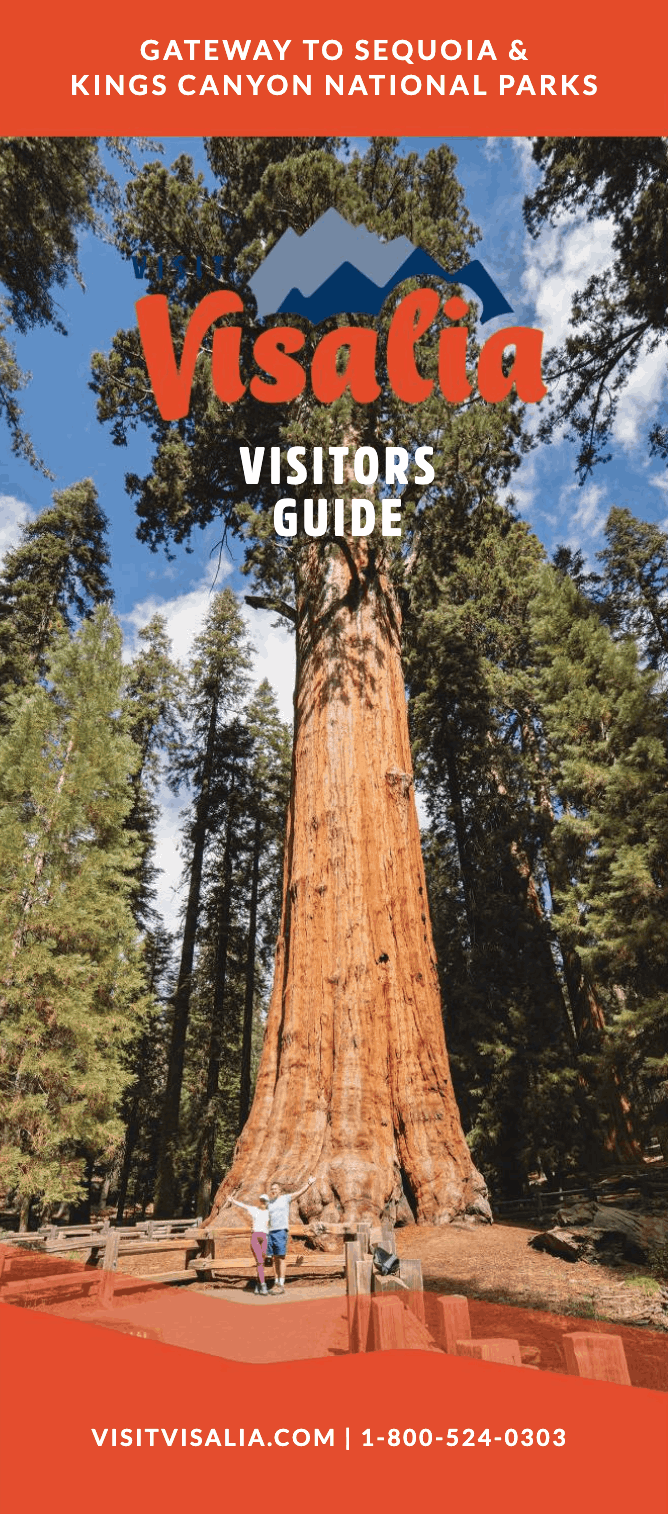History Unveiled: A Journey Through Time
From Cattle Trails to Care Centers: The Evolution of Visalia
Visalia’s story begins in 1852, when pioneers established a small settlement along the banks of Mill Creek, naming it after Visalia, Kentucky. As California’s Gold Rush shifted into an agricultural revolution, the fertile lands of the San Joaquin Valley transformed this quiet frontier into a hub for ranching, railroads, and trade. Today, those early values—resilience, innovation, and community—remain at the heart of Visalia’s identity.
During the 1860s, Visalia became the seat of Tulare County and served briefly as a station on the Butterfield Overland Stage route. When the Southern Pacific Railroad arrived in the 1870s, the town’s economy boomed, spurred by citrus orchards and cattle drives that would later become hallmarks of the region.
The 20th century brought waves of growth: from New Deal infrastructure projects to the development of Kaweah Delta Hospital in 1963, Visalia steadily evolved into a modern city without losing its historical soul. You can still walk past preserved Victorian buildings downtown, now home to boutiques and cafes, and sense the generational pride in local festivals and parades.
- Founded in 1852 and incorporated in 1874
- Key player in the development of California’s agricultural heartland
- Historic downtown buildings reflect architecture from the late 1800s
- Site of ongoing historical preservation efforts, including the Visalia Fox Theatre (opened 1930)
- Home to museums and walking tours that celebrate early settler and Native American history
In Visalia, history isn’t just a backdrop—it’s a living, visible thread that gives the city its character and helps newcomers feel connected. As a physician here, you’re not just joining a hospital—you’re becoming part of a community shaped by legacy and purpose.
